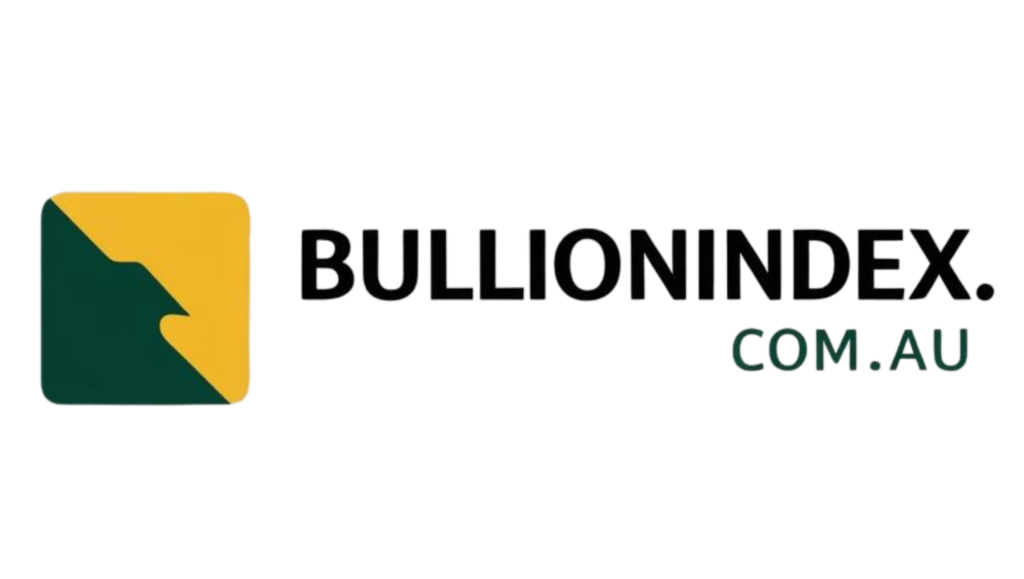The price of palladium experienced a significant spike amidst the US-vs-BRICS bullion battle, with Gold Bullion showing a rally but falling short of setting a new record price after consecutive sessions. The USA’s call for tighter precious metal sanctions against Russia, a major mining producer, led to a surge in palladium prices by almost 10% following reports of the US Treasury urging Western powers to sanction Russian supplies of the precious metal and titanium.
On the other hand, Russia proposed a mechanism for trading metals within the BRICS countries, emphasizing agreed standards for bullion production and trade. This move came as a response to the ongoing tension fueled by Western sanctions due to Russia’s actions in Ukraine. The spike in palladium prices was evident in the market, with a 6.4% increase during the London AM benchmark auction, followed by a further 2.7% rise in spot market trade, reaching $1168 per Troy ounce – the highest since the previous year.
The surge in palladium prices was a notable shift from its previous lows, with the metal facing bearish betting by speculators in derivatives exchanges due to declining usage in gasoline engines, primarily in autocatalysts. This decline was influenced by global initiatives for carbon emission reduction, posing challenges for palladium’s future demand. Despite these factors, the London benchmark palladium price reflected a significant increase, nearly 35% higher than the previous year’s low.

At the BRICS summit in Kazan, Russian President Vladimir Putin highlighted the challenges in transitioning to a more just world order, emphasizing the obstacles posed by dominant forces. While Russia aimed to leverage the BRICS summit, other leaders like Xi Jinping, Lula da Silva, and Narendra Modi advocated for de-escalation and peace negotiations, underscoring the importance of dialogue and diplomacy over conflict.
In response to Russia’s actions, the UK imposed trade tariffs on Russian platinum and palladium inflows, impacting costs but not imposing a ban. London’s bullion market had already taken steps to block new Russian supplies by suspending the country’s state-owned refineries from the list of acceptable brands. These actions, coupled with geopolitical tensions, contributed to fluctuations in the prices of precious metals like gold, silver, platinum, and palladium.
Despite the volatility in the market, gold rebounded from previous price plunges, while silver prices rallied and fell back to previous levels. Palladium’s counterpart, platinum, experienced a rise in prices, reflecting its diverse usage beyond diesel-engine autocatalysts. These market dynamics underscore the intricate interplay between geopolitical events, trade sanctions, and the demand for precious metals in a rapidly evolving global landscape.
As the bullion market continues to navigate geopolitical uncertainties and shifting demand dynamics, the role of precious metals like palladium remains crucial in global trade and economic stability. The ongoing US-vs-BRICS bullion battle serves as a microcosm of broader geopolitical tensions impacting the commodities market, highlighting the interconnectedness of global economies and the influence of political decisions on market trends.




